The Seeds of Survival
April 8th, 2020
4 minute read
One of the biggest parts — if not the most important part — of survival is food storage. After all, if you can’t eat good, healthy food, you won’t be able to do much else. While having a deep pantry and well-stored goods is an excellent start, to really round out your diet you’ll need to grow your own food as well. If you don’t have the greenest thumb, then now is a good time to start learning. That means you’ll need some seeds.
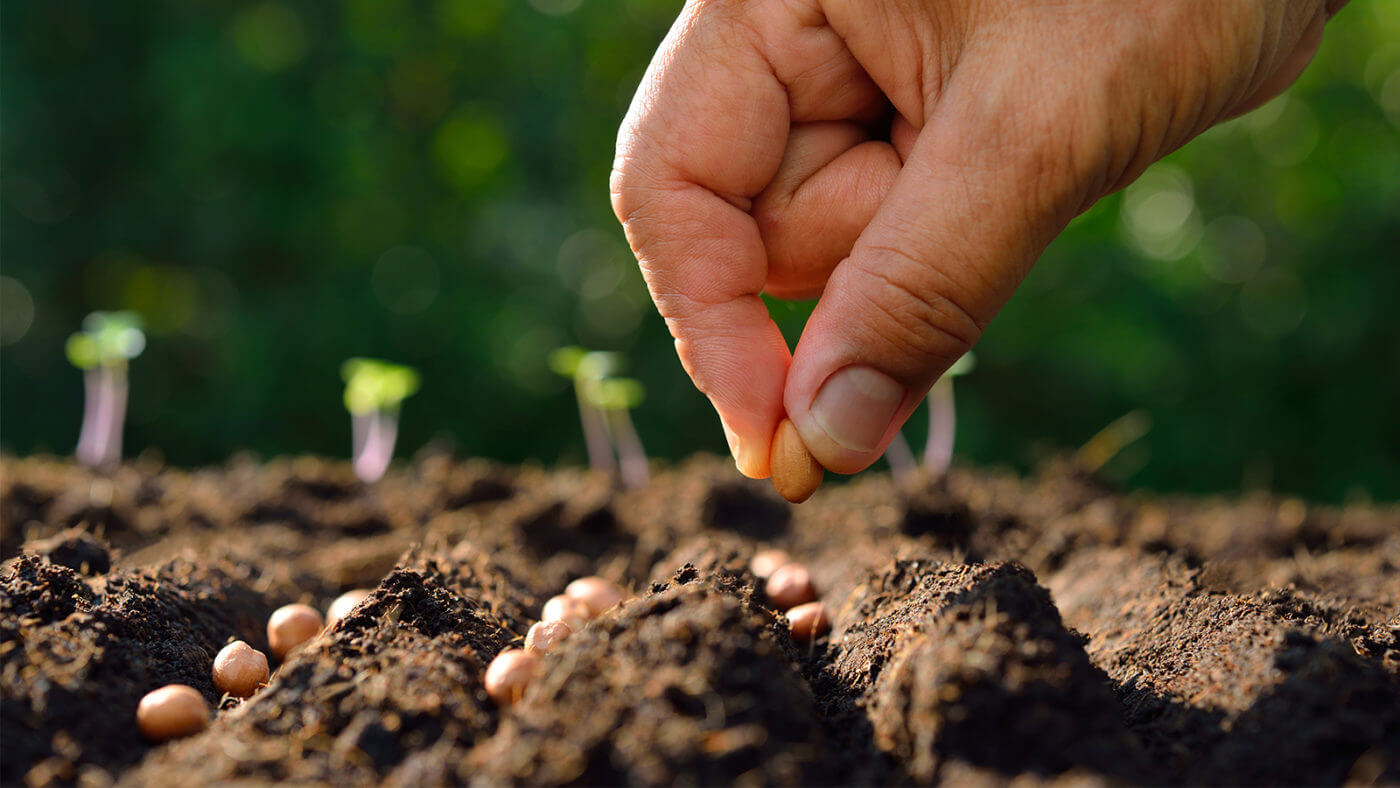
It’s easy to get overwhelmed with seed buying. There are thousands of different varieties, and just as many questions. What’s the difference between heirloom and hybrid? How do you know what grows well in your area? And what if you’re not the world’s most accomplished gardener? How do you know how much to grow for your family?
Thankfully, the internet is a great place to find answers to all of these questions and many more you haven’t even thought to ask yet. If your goal is to prepare for a disaster or other grid-down event, you’ll want to do this research now, and get that knowledge into practice. After a disaster isn’t the time to decide you want to take up survival gardening.
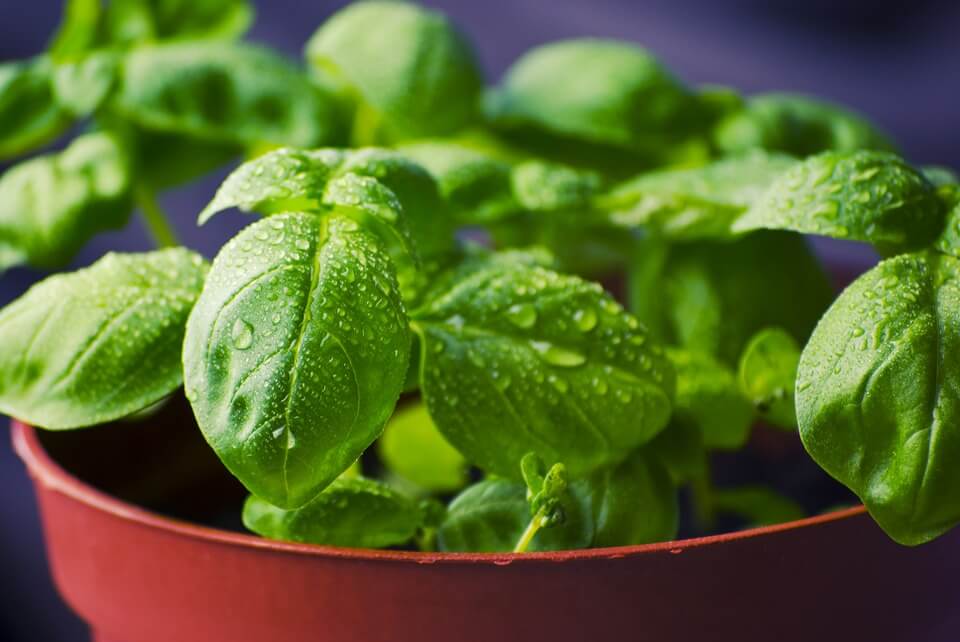
Types of Seeds
There are three main types of seeds: open-pollinated, heirloom, and hybrid. Understanding the differences can set you up for success.
Open-Pollinated
If you have open-pollinated seeds, it means that insects, birds and even wind did the work to create those seeds by spreading their pollen. All heirlooms are also open-pollinated, and they’re also called “true to type.” In other words, they’re the original real deal. Heirlooms are all open-pollinated, but not all open-pollinated are heirlooms.
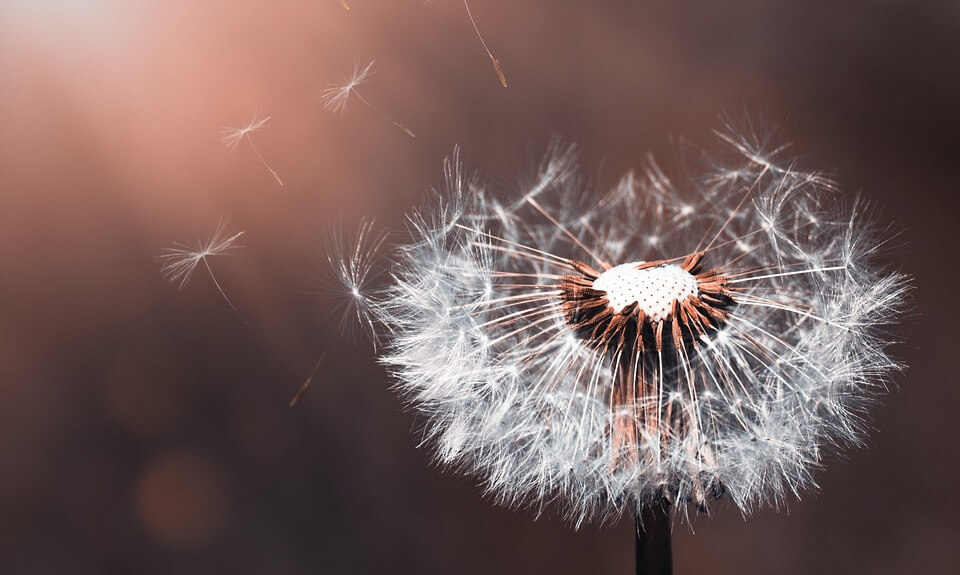
Heirloom
Heirloom seeds are often more expensive than their hybrid cousins, but they also have a nifty little benefit. You can collect the seeds from your own plants, use them the next year, and get exactly the same plant and produce from them. To maximize this benefit, always take the seeds from the strongest, highest producing plants.
Hybrid
Many of the seeds you’ll see in big box stores are hybrids (also called F1), which means they’re man-made varieties resulting from intentional cross-breeding of plants. This is done to increase yield, size, flavor, or even to make the plants more resistant to frost or disease. While all that can be very beneficial, especially to new gardeners, if you save the seeds from these plants you might not get the same results next year due to the genetics in play.
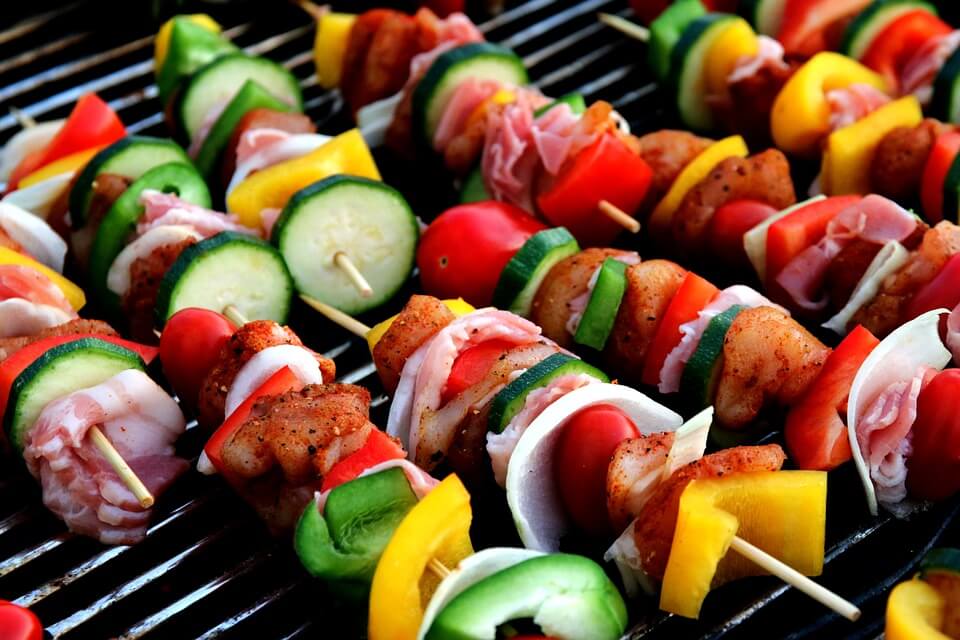
When deciding which seeds to start with, keep in mind your climate, gardening skills and goal. If you’re looking to maximize your yield and don’t mind buying seeds again next year, a hybrid might be perfect. If you’d rather jump into the survival aspect and want to get used to saving seeds and working toward sustainability, heirlooms are a better bet.
Choose Your Varieties
When you think of garden veggies, the standard colors and types probably jump into your mind. Red tomatoes, green lettuce, orange carrots.
There are actually hundreds of varieties of every kind of vegetable, and some of those varieties come with amazing colors, textures and flavors. You can have purple carrots, black tomatoes and even Swiss chard that comes in bright rainbow colors, or corn with kernels that resemble stained glass. Your lettuce can be leafy, sweet, or spicy — or even all of the above. Half the fun of planning your garden is deciding what kinds of vegetables you want. Your garden can focus on basic things like yield and hardiness, but you can also put in some color, making it both beautiful and fun to take care of.
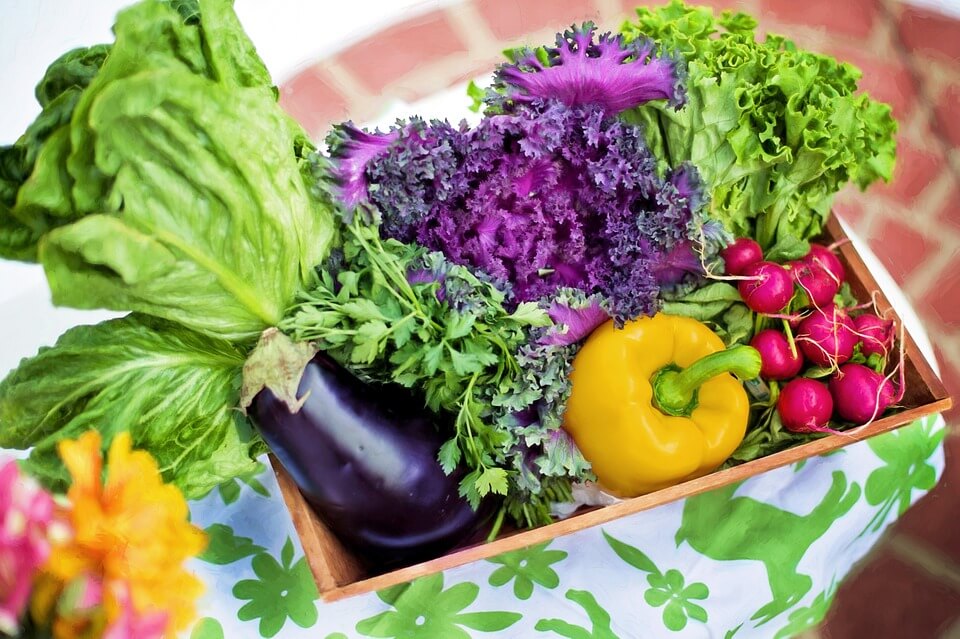
Choose a Seed Company
Before you run to your big box store and grab a handful of the basic varieties, consider ordering online. There are a number of reputable seed companies who not only sell online but offer extensive education and tips on how to best maximize your purchase. You can sit in your recliner, perusing a catalog or website with all the information you need — including how much you’ll need to feed your family.
Some companies cater specifically to those looking to get into survival gardening. Their seeds are packaged for long-term storage, so you can buy more than one year at a time if you like and stash them for future gardening ventures.
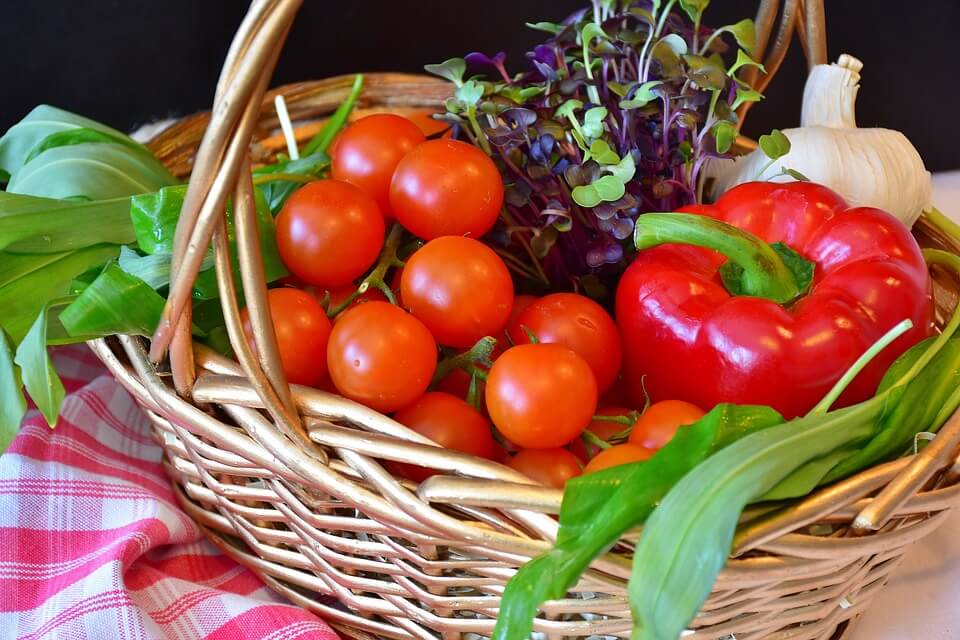
Baker Creek Heirloom Seeds is my favorite site. They specialize in rare and exciting varieties at reasonable prices. Johnny’s Selected Seeds is another great site for survival gardeners. Another option is Legacy Food Storage, which offers bulk kits of survival seeds meant to be stored long-term.
Check out those companies first, and then get to buying!
Editor’s Note: Be sure to check out The Armory Life Forum, where you can comment about our daily articles, as well as just talk guns and gear. Click the “Go To Forum Thread” link below to jump in!
Join the Discussion
Continue Reading
Did you enjoy this article?

 70
70








